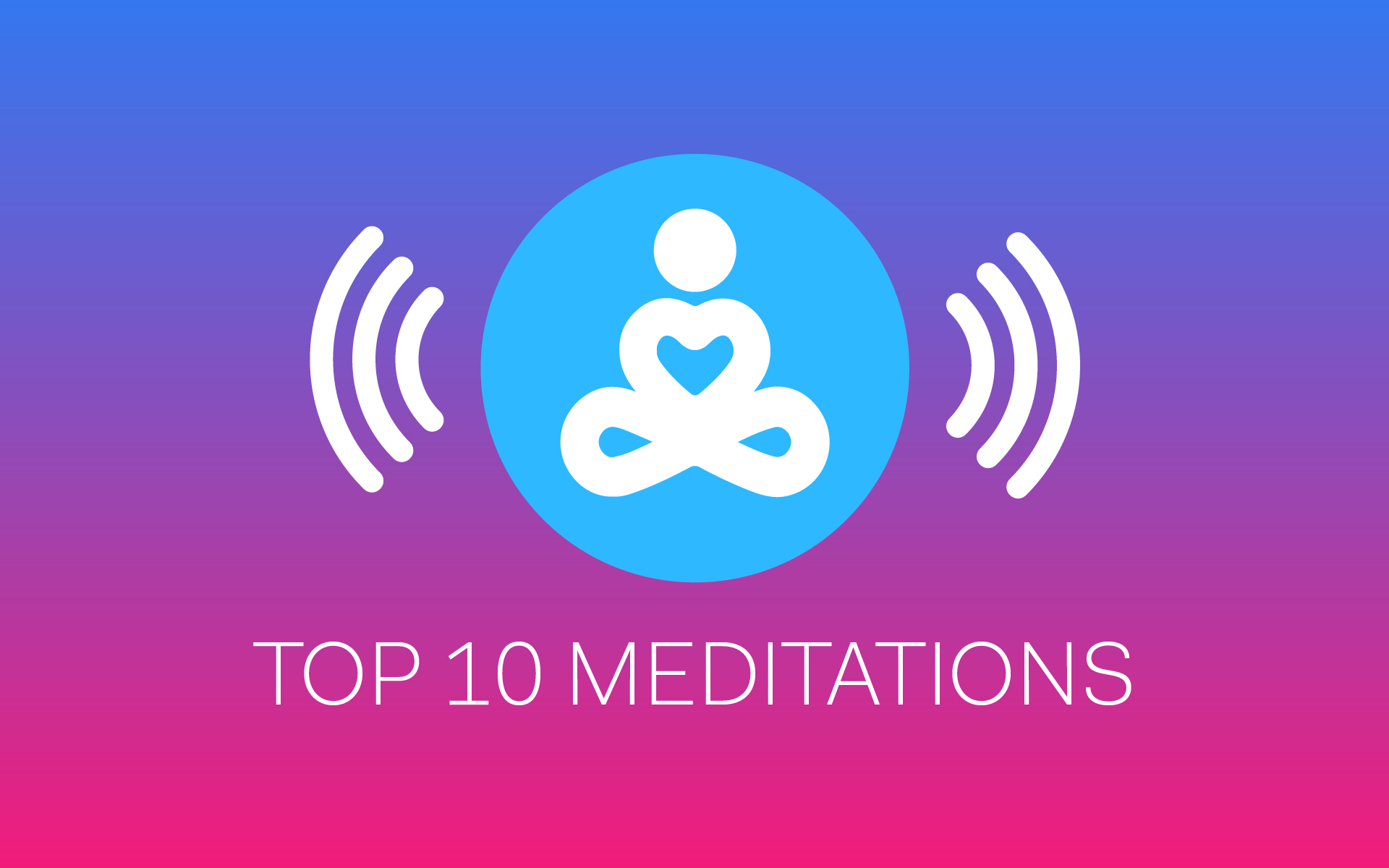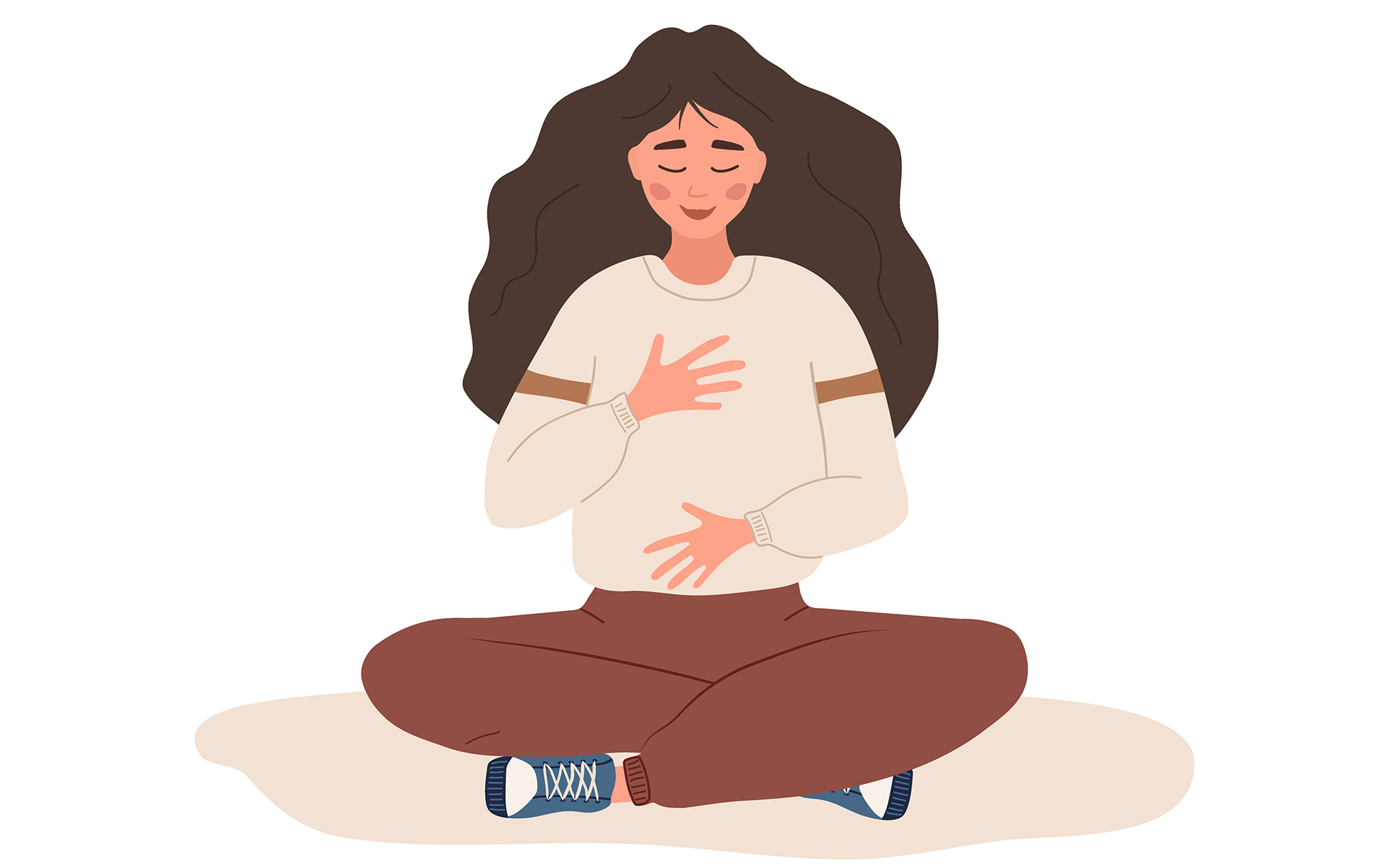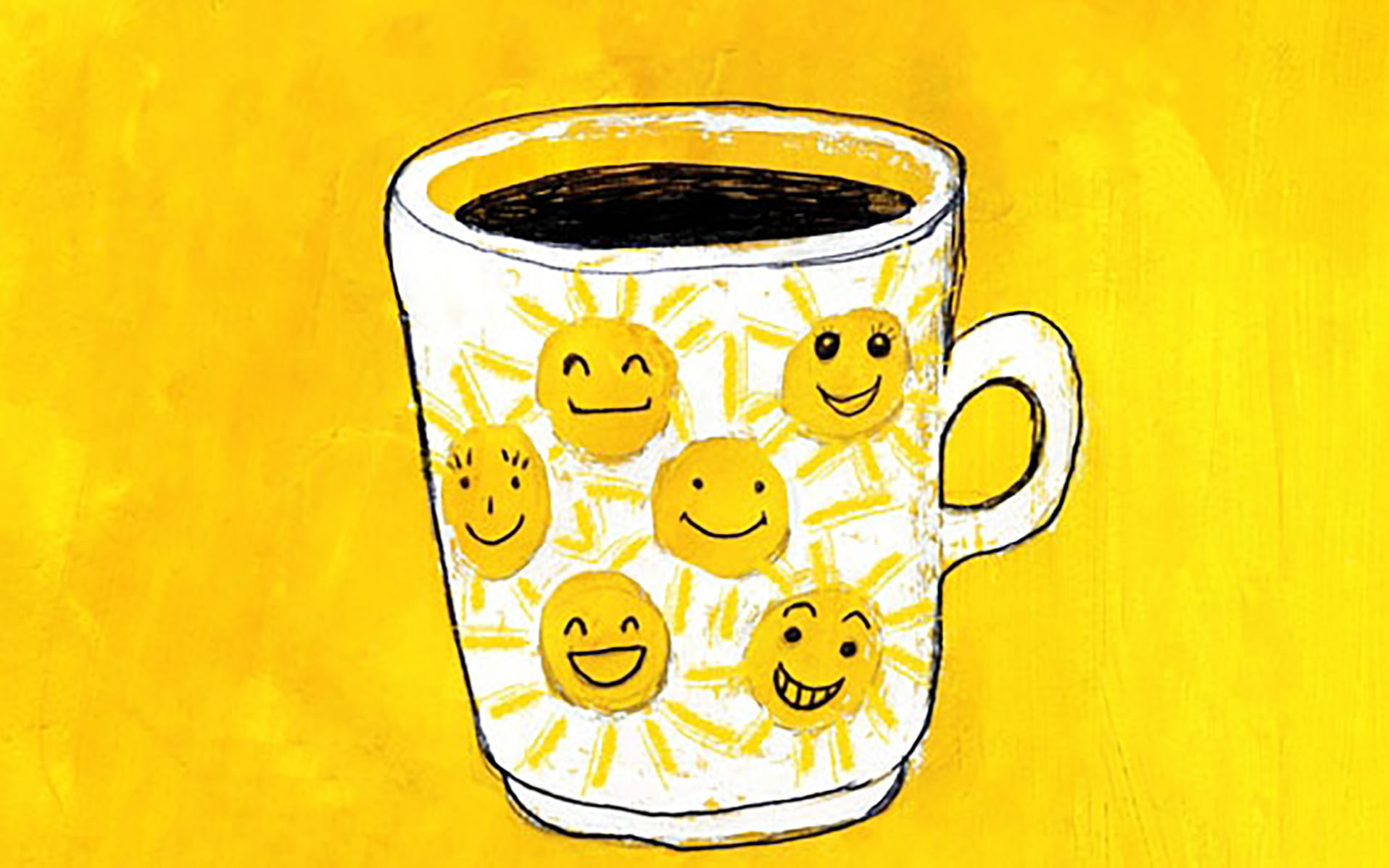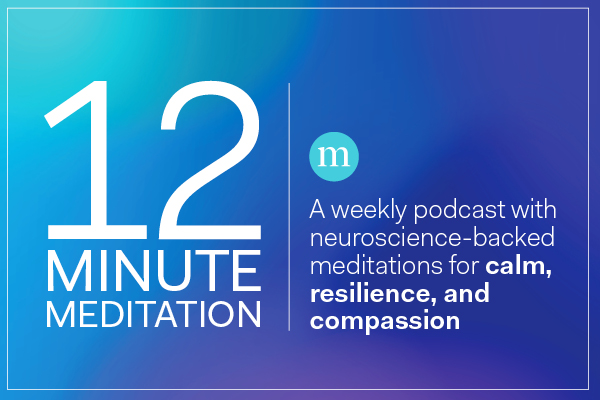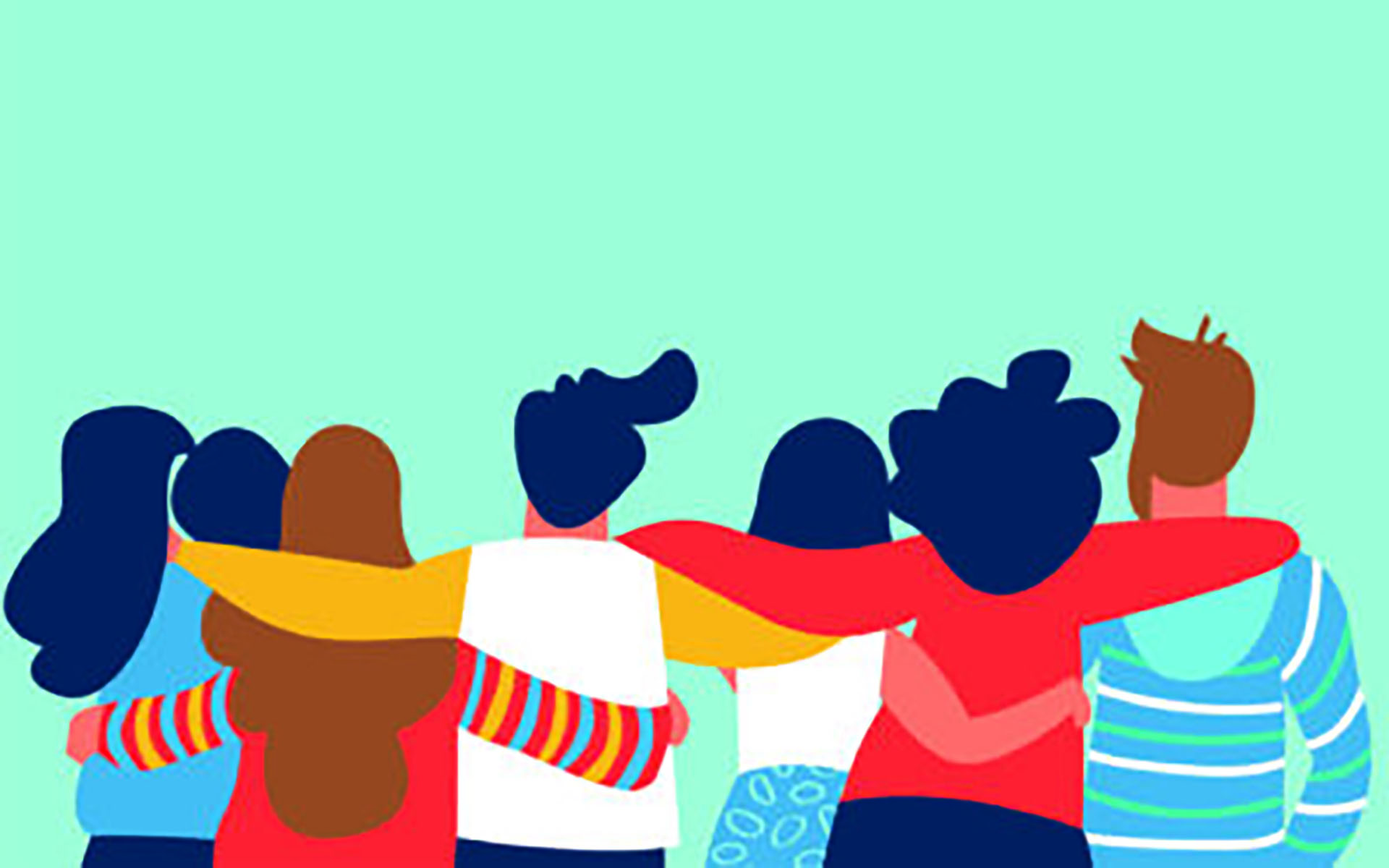At Mindful we aim to deliver practical resources so you can build your mindfulness practice at your own pace. Our top guided meditations are comprehensive and walk you through the practice step by step, so you can benefit from mindfulness regardless of your level of experience.
The Top 10 Guided Meditations of 2022
1) A 12-Minute Meditation for Grief and Loss
Our hearts break, but our hearts also heal. The thread that pulls us from heartbreak to healing is love, says Judy Lief in this practice for working with grief. We don’t want to let go of anything, but through grief, we learn to love and appreciate what we’ve had and lost—friends, family, a way of life, a job, our youth, we grieve it all. Grief is heavy, painful, difficult, and powerful. We need to touch into it at all levels, really acknowledge it, before we can release it.
A 12-Minute Meditation for Grief and Loss
Our hearts break, but our hearts also heal. The thread that pulls us from heartbreak to healing is love, says Judy Lief in this practice for working with grief.
Read More
2) Tune In to What You Need with the H.A.L.T Practice
This is a short self-regulation practice known as H.A.L.T from Chris Willard. This is a practice that’s been floating around self-help circles for many years, Willard says. What we want to do is simply check in with a few of our basic needs and our emotional state.
In a nutshell, H guides us to ask ourselves: Am I hungry right now? A means checking in to see: Am I angry or anxious, or otherwise dysregulated and activated? L stands for lonely: Am I feeling lonely in this moment? And T stands for: Am I tired?
Try the HALT Practice to Tune In to What Your Body Needs
Sometimes we need to drop into our body to discern what we need in this moment. The four questions in this practice allow us to self-regulate by attending to what our difficult emotions or physical sensations may be telling us.
Read More
3) A 4-7-8 Breathing Meditation
This easy breathing practice from Ni-Cheng Liang helps us to release stagnant air in the lungs and find calm. The 4-7-8 breath was introduced originally by Dr. Andrew Weil, a pulmonologist and current fellow of the University of Arizona Integrative Medicine Fellowship who is also considered the grandfather of integrative medicine. The 4-7-8 breath can be used for situations when you’re feeling particularly anxious, stressed, and even if you have some difficulty falling asleep.
A 12-Minute 4-7-8 Breathing Meditation
This easy breathing practice helps to release stagnant air in the lungs and find calm.
Read More
4) Notice How Sadness, Loneliness, and Anger Show Up in Your Body
When we’re caught in the throes of an emotion like sadness, loneliness, or anger, shifting our awareness into our body allows us to experience the ever-changing nature of these strong and often unpleasant emotions. This practice from Sharon Salzberg will help you get used to the feeling of paying attention to difficult emotions in the body with curiosity and without judgment.
Guided Meditation: Notice How Sadness, Loneliness, and Anger Show Up in Your Body
Instead of trying to make difficult emotions change or go away, you can simply tune in to how they show up in your body, and see how they’re always changing on their own.
Read More
5) Savor the Moment by Tapping Into Your Senses
One morning in early October, Elaine Smookler glanced at her cell phone and noticed the weather app ominously predicting many days of snow and icy temperatures ahead. As we’ve all experienced at some point, life’s challenges were seemingly everywhere. And yet…Smookler was smiling. Cheerful. Grateful. Difficulties were still present, but awareness of her gratitude shifted her view, letting her see that everything was not dark and cold—in fact, many sights and sounds were quite lovely. Cultivate gratitude for life’s small delights as you’re guided through the senses by Smookler.
Gratitude Practice: Savor the Moment by Tapping into Your Senses
Cultivate gratitude for life’s small delights as you move through the senses.
Read More
6) A Trauma-Informed Meditation to Uncover the Potential for Healing
Mindfulness-Based Stress Reduction teacher John Taylor offers a five-step meditation for finding a greater sense of peace and freedom after trauma. When we’re under stress, it’s often more difficult to take deep, calming breaths, but here we practice simply doing what we can in this moment. This practice helps us recognize that the potential for healing, for positive change, for a greater sense of inner peace and even freedom, lies within each of us.
A Trauma-Informed Meditation to Uncover the Potential for Healing
MBSR teacher John Taylor offers a five-step meditation for finding a greater sense of peace and freedom after trauma.
Read More
7) A 12-Minute Meditation to Remind Yourself That You Are Enough
In this practice from Jenée Johnson, we hold our attention on five affirmations that can help us be more compassionate toward ourselves. Try doing this in moments when you feel overwhelmed—breathing in, “I do my best,” breathing out, “I let go of the rest.” You can do it right before you go to sleep at night. You did your best, you let go of the rest. Tomorrow is a new day.
A 12-Minute Meditation to Remind Yourself That You Are Enough
In this guided meditation, Jenée Johnson offers affirmations to help you remember your inherent worth and reconnect with compassion.
Read More
8) A 12-Minute Meditation for Healing Through Hope
Embrace change and hope with this guided mindfulness practice from Rose Felix Cratsley. Felix Cratsley offers affirmations for cultivating self-compassion, embracing growth, and healing through hope. She says, “I think mindfulness is an essential and fundamental human right. We come into the world open and curious, but oftentimes self-judgment, criticism, fear, and anxiety come about.”
A Guided Meditation for Healing Through Hope
Embrace change, self-compassion, and hope with this guided mindfulness practice from Rose Felix Cratsley.
Read More
9) A Breathing Meditation to Cultivate Attention
The simple act of paying attention is the kindest thing you can do for yourself. When our mind is scattered it creates pain and disconnection, and that pain and disconnection gets picked up by others. It’s contagious. You’ve likely experienced what it feels like to take on that pain and disconnection from other people. The fact is, we’re sending it and sharing it all the time. That’s really what this last practice is about—a little bit of the basic breath-awareness practice, followed by a generosity practice.
A 12-Minute Breathing Meditation to Cultivate Attention
A basic mindfulness practice for creating more harmonious circumstances for ourselves, and for others, raising our awareness and stirring our curiosity.
Read More
10) A Guided Meditation for Navigating Difficult Emotions
Sometimes when a painful emotion comes up, we layer shame and blame on what’s already difficult. For example, we may think to ourselves, “I should be able to do my job better.” We also tend to project into the future and worry about what the pain may feel like tonight, next week, or next year.
When we do this, we’re not only facing the pain of present difficulty, but the anticipation of pain, which is actually in our imagination. The first thing we can do to cultivate our resources for managing difficult emotions is to allow ourselves to feel the emotion, shift our attention to noticing the sensations present in our body, and forgive ourselves for what we feel.
A Guided Meditation for Navigating Difficult Emotions
From self-blame to fear, it’s easy to get tangled up with sticky emotions. Sharon Salzberg helps us create space around our emotions by tuning in to our breath.
Read More
12 Minute Meditation podcast
12 Minute Meditation
Guided meditations to nourish compassion, resilience, and calm.
Read More
read more
How to Meditate
When we meditate, we inject far-reaching and long-lasting benefits into our lives: We lower our stress levels, we get to know our pain, we connect better, we improve our focus, and we’re kinder to ourselves. Let us walk you through the basics in our new mindful guide on how to meditate.
Read More
Free Meditation Apps Worthy of Your Attention
Mindfulness apps are trending in a big way. Here are five we’re happy we downloaded.
Read More
